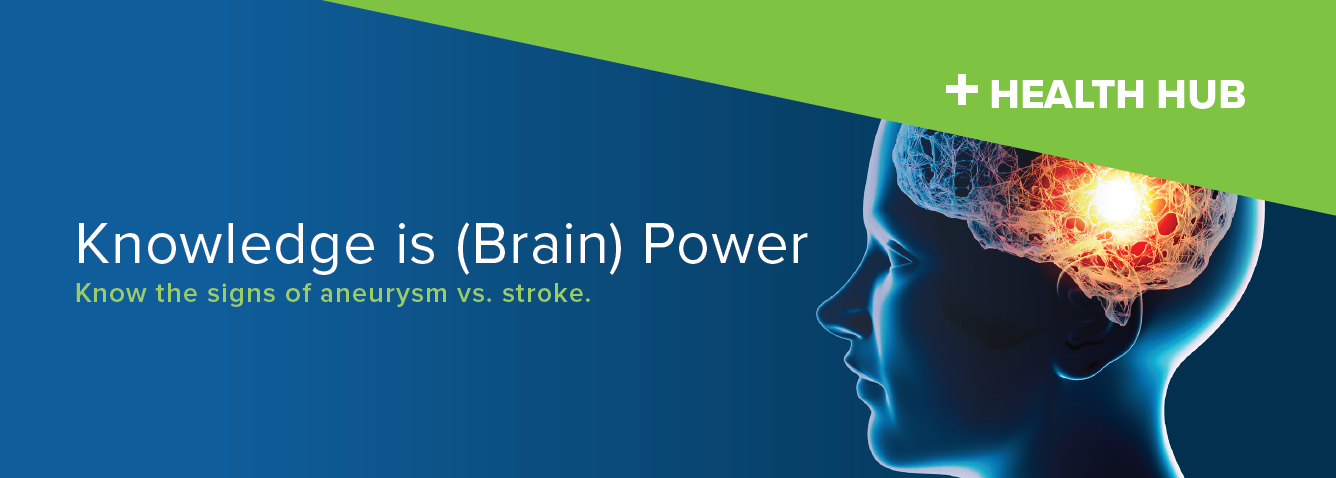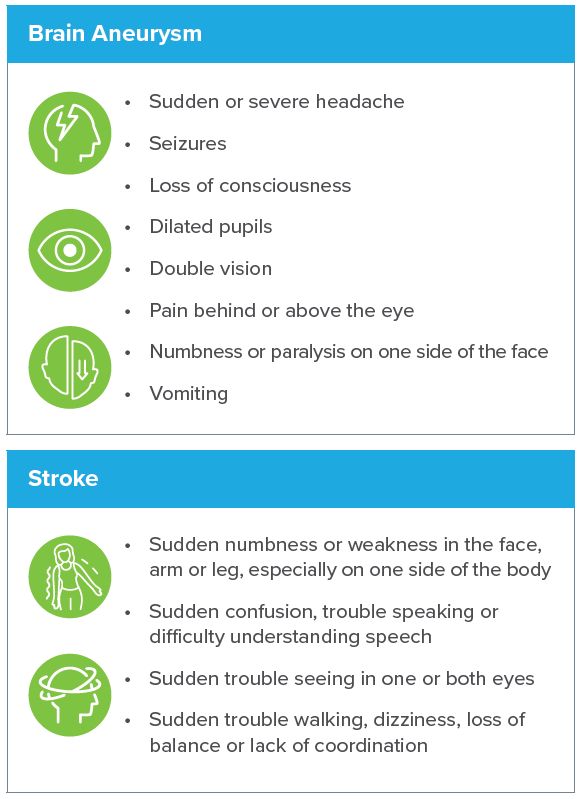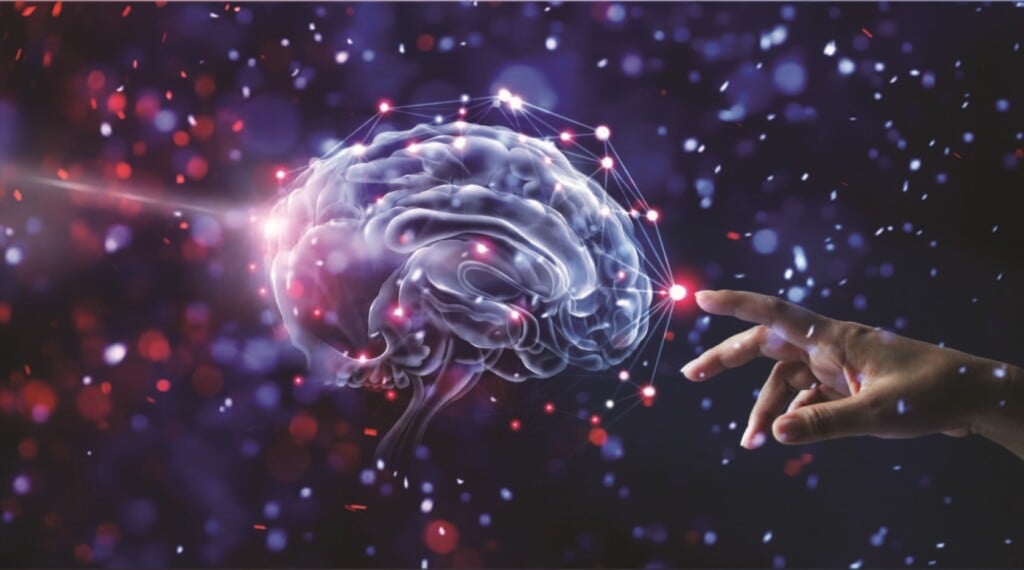AdventHealth Health Hub: Knowledge is (Brain) Power
Know the signs of aneurysm vs. stroke.
Your brain is the most important organ in your body, sparking your emotions and controlling your every move. So, it’s unsettling to imagine a situation when you might need emergency care in the event of a stroke or a brain aneurysm, but understanding the risks and symptoms of both could save your life.
Brain Aneurysm
Brain aneurysms are bulging, weakened areas in the wall of a brain artery that create abnormal widening or ballooning. As the blood builds up in the blood vessels in your brain, the walls thin, creating an aneurysm. As the size of an aneurysm increases, so does the risk of rupture. When a blood vessel ruptures and bleeds into the brain, there is a significant risk to a person’s life.
Stroke
Ischemic strokes, the most common type, account for more than 80 percent of all strokes. These strokes occur when an artery in the brain, or an artery carrying blood to the brain, becomes blocked. The blockage may be a blood clot or a narrowing of the artery due to plaque (cholesterol) build up. When blood flow to the brain is blocked, a stroke can occur, resulting in paralysis or death.
Risk Factors
While brain aneurysms and strokes differ in cause, their risk factors are similar.
• Family history
• Cigarette/drug/alcohol use
• Having a prior head injury (aneurysm)
• High blood pressure
• High blood cholesterol and lipids (stroke)
Signs and Symptoms to Remember
If you or a loved one experience these symptoms, seek emergency care immediately.






